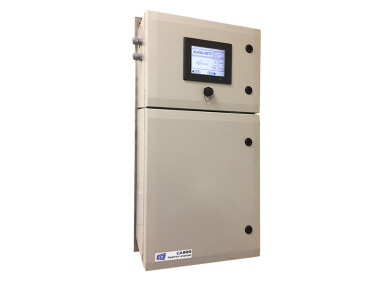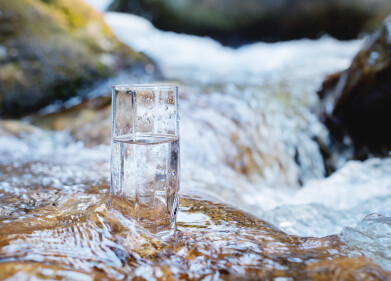Water/Wastewater
How Are Pharmaceuticals Monitored in Wastewater?
Apr 04 2021
There are thousands of pharmaceuticals and personal care products (PPCPs) in use around the world today. Sadly, the majority of these have not been fully tested to ascertain how long they will endure in the environment if they are allowed to infiltrate it, nor have their impacts upon flora and fauna been investigated to a satisfactory degree.
However, numerous studies have shown that PPCPs are present in wastewater effluents in alarmingly high concentrations. These findings have traditionally been arrived at by collecting samples from the effluent in question, then subjecting them to complex laboratory processes such as liquid chromatography/mass spectrometry (LC-MS) to identify and isolate any PPCP components. Despite this state of affairs, pharmaceutical pollution receives far less attention than other contaminants, such as heavy metals and pesticides.
Methods of monitoring pharmaceuticals in wastewater
Unfortunately, the techniques employed at the vast majority of wastewater treatment plants are not sufficient to entirely eradicate PPCPs from a substance. This means that they are likely entering lakes, rivers and seas in small but cumulatively significant concentrations. Fortunately, our awareness and understanding of this phenomenon is growing, thanks to the novel methods for monitoring wastewater and the boost to optimisation that they provide.
In the studies mentioned above, the researchers had to manually collect samples from the source, then test them in a laboratory environment. However, there are a number of innovative strategies for monitoring pharmaceuticals in wastewater which rely on sensing technologies rather than collected samples. This greatly facilitates the location and identification of PPCPs, since the sensors are in-situ at all times. The next step will be to develop an app or other interface which links with the sensors and presents their findings in a format that humans can quickly and easily understand.
The impacts of pharmaceuticals in wastewater
By their nature, pharmaceuticals are intended to have a positive effect on the human body when it is subjected to them in minute doses. When pharmaceuticals are allowed to slip through the wastewater treatment process and return to the natural environment, they have the potential to accumulate over time. This creates a possible scenario where they reach such high concentrations that they begin to have deleterious effects on the aquatic ecosystems in their vicinity.
Indeed, many papers have already demonstrated how a build-up of pharmaceuticals has adversely affected life underwater. In one of the most high-profile cases, an accumulation of oestrogen from hormone replacement medication had a feminising effect on local fish populations, thus playing havoc with their breeding patterns and jeopardising the survival of the species. As such, it’s crucial that pharmaceutical concentrations are effectively monitored and controlled in wastewater in the future.
Digital Edition
AET 28.2 April/May 2024
May 2024
Business News - Teledyne Marine expands with the acquisition of Valeport - Signal partners with gas analysis experts in Korea Air Monitoring - Continuous Fine Particulate Emission Monitor...
View all digital editions
Events
Jul 10 2024 Birmingham, UK
Jul 21 2024 Cape Town, South Africa
Australasian Waste & Recycling Expo
Jul 24 2024 Sydney, Australia
Jul 30 2024 Jakarta, Indonesia
China Energy Summit & Exhibition
Jul 31 2024 Beijing, China
.jpg)

















